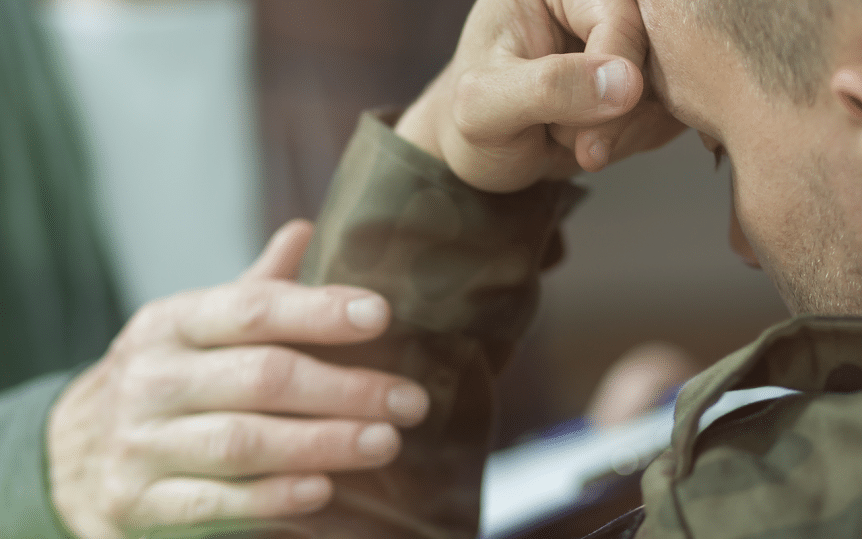The stress caused by enduring a life-threatening, traumatic event can linger long after physical safety has been achieved. While frequently triggered by accidents or assaults, a common instigator of post-traumatic stress disorder are the horrific experiences of military combat. The disorder is frequently not diagnosed in combat veterans, as many do not realize that they suffer from a treatable condition.
What is PTSD?
According to the Nebraska Department of Veteran’s Affairs, the symptoms of post-traumatic stress disorder can surface in any combination of three ways. Those affected may re-experience the trauma in their minds – intrusive thoughts triggered by innocuous events. A car backfiring may cause a PTSD sufferer to recall combat explosions, or an image may bring about an emotionally-charged flashback. These recalled experiences can interfere with the veteran’s daily life, as the triggers are unpredictable. In order to cope, some veterans develop the symptom of avoidance – they attempt to stay away from places, people, or things that may remind them of their traumatic experiences. If unable to physically avoid triggers, some PTSD clients emotionally numb themselves as a method of protection. Others begin to live in a constant state of fight-or-flight arousal, a stressful state that makes sufferers irritable, impatient, and prone to outburst. No matter which symptoms the client displays, he or she is likely to find negative impacts on relationships, career stability, and quality of life.
Prevalence in Combat Veterans
Because the conditions of recent wars differ, the prevalence of PTSD in combat veterans is war-specific. The US Department of Veteran’s Affairs reports that among Vietnam vets, 30.9% of men and 26.9% of women surveyed experienced PTSD in their lifetimes after returning from combat, with half of the men and roughly a third of the women maintaining their diagnosis years later. Approximately 10-12% of Gulf War veterans are believed to experience PTSD, and data collected from Operation Iraqi Freedom vets suggest that there is about a 13.8% prevalence of post traumatic stress disorder among them.
Frequent Comorbidities
Another factor that affects many PTSD clients are a high rate of comorbid disorders. According to the Archives of General Psychiatry, about half of soldiers whose screenings indicated PTSD or depression also reported aggressive behavior and alcohol overuse. Additionally, a little over 12% of veterans diagnosed with PTSD displayed symptoms so severe that they are considered functionally impaired, with 23-31% displaying some degree of impairment.
Overall, veterans who have been exposed to combat are 2-3 times more likely to develop symptoms of post-traumatic stress disorder than those who have not. Because of high comorbidities of alcohol misuse, depression, mood disorders, and other levels of impairment, PTSD in veterans is a serious concern. Many combat veterans clients may experience symptoms without realizing that the condition can respond well to treatment, so educating veterans and encouraging them to seek professional care is critical to facilitating their recovery. The military system itself poses a challenge toward treating veterans, as many PTSD clients who seek treatment do not have time to fully recover before being deployed on an additional combat tour.
When treating combat veterans who are experiencing symptoms of PTSD, the National Center for PTSD recommends focusing on establishing and strengthening social ties that protect the client. Strong family support, stable employment, a conscious decision to avoid self-medicating with alcohol or drugs, and connecting with other combat veterans can all serve as preventative interventions. There are several effective methods to address the symptoms themselves, such as teaching a PTSD client coping skills when he or she feels overwhelmed, or to gradually expose the client to stimuli so that the client can confront and work through them. For more resources about post-traumatic stress disorder in combat veterans, please contact us.

